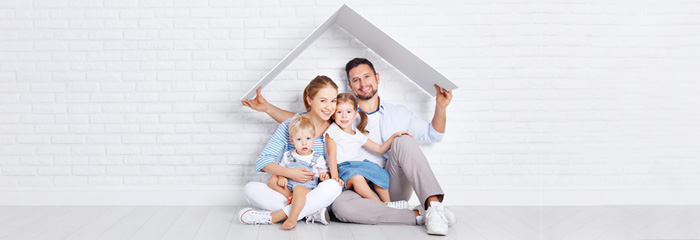This series of Tips for Testifying in Legal Proceedings is designed to help witnesses understand courtroom procedures, so they can be as comfortable and prepared as possible for giving their testimony. Our last lesson looked at how to handle trick questions during testimony, and today we’re exploring the process of direct and cross examination of witnesses during a trial.
Lesson 4: Direct and Cross Examination of Witnesses
During a trial, the presentation of evidence begins when the attorney for the plaintiff (the person suing) initiates his case and begins calling witnesses. The plaintiff’s attorney does the initial questioning of the witness, which is called direct examination, and then the attorney for the defendant (the person being sued) responds with his or her cross-examination questions.
Direct Examination
The purpose of direct examination is to get the witness to testify about facts that support the plaintiff’s case. There are rules of evidence, which govern the admissibility of testimony and what kinds of questions can and cannot be asked.
Types of Questions During Direct Examination
The judge has some control over an attorney’s examination of witnesses and can dictate the form of the questions presented to the witness. The judge has discretion to stop repetitive or annoying questioning. An attorney may not ask his or her own witness a leading question — that is, a question which implies, suggests, or prompts the witness to give a particular answer. A witness can be asked to identify demonstrative evidence such as documents and photographs. Generally, a witness cannot give an opinion or draw a conclusion from the evidence unless he/she has been qualified as an expert witness. The defendant’s attorney can make objections to the witness’s testimony, based on the rules of evidence. The judge either sustains (grants) the objection, or overrules (denies) it and allows the witness to answer the question.
Cross-Examination
After the plaintiff’s attorney has finished questioning the witness, the defendant’s attorney has the opportunity to cross-examine the witness. Cross-examination is a fundamental right in our system of justice. Generally, cross-examination is limited to matters brought out during the direct examination of the witness, so that if the plaintiff’s attorney hasn’t covered a particular subject on direct examination, the defendant’s attorney can’t bring it up. The attorney may ask leading questions during cross-examination.
Challenging a Witness’s Credibility on Cross-Examination
During cross-examination, the attorney tries to undermine or impeach the witness’s credibility and show that the witness is not reliable. The attorney might try to show that the witness is biased or prejudiced toward a party in the case. Another way to undermine the witness’s credibility is to show that the witness has a stake in the outcome of the case, which might influence his or her testimony. The attorney can also question the witness about any felony criminal convictions on the witness’s record, or about any crimes involving dishonesty. Just as on direct examination, the opposing party’s attorney can raise objections to the questions posed to the witness, and the judge then rules on the objection.
Redirect and Recross Examination
Following cross-examination of the witness, the plaintiff’s attorney has an opportunity to ask the witness additional questions, called redirect examination. After this, the opposing attorney can conduct a recross examination of the witness.
Defendant’s Case
Once the plaintiff’s attorney has called all of the witnesses on behalf of the plaintiff, the defendant’s attorney begins calling his or her witnesses. The same procedure is followed as in the plaintiff’s presentation of witnesses. The defendant’s attorney conducts direct examination of the witnesses, and the plaintiff’s attorney cross-examines the witnesses.Although these back-and-forth rounds of questions can seem overwhelming, they’re an important part of our justice system, designed to elicit facts for the judge and jury in the most fair way possible. The next lesson in this series will discuss when a witness is allowed to express an opinion on the facts, in distinguishing lay testimony from expert testimony.

